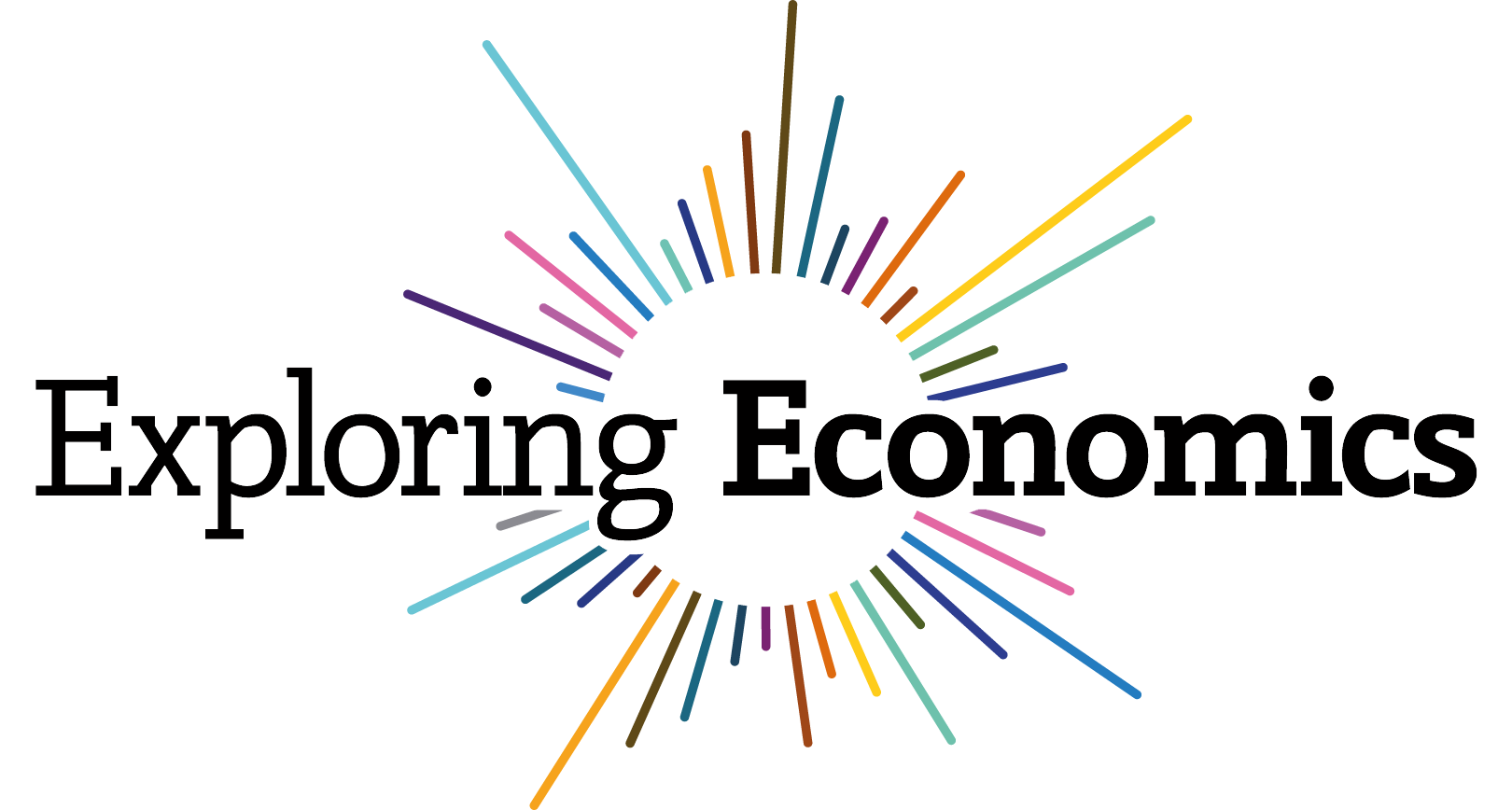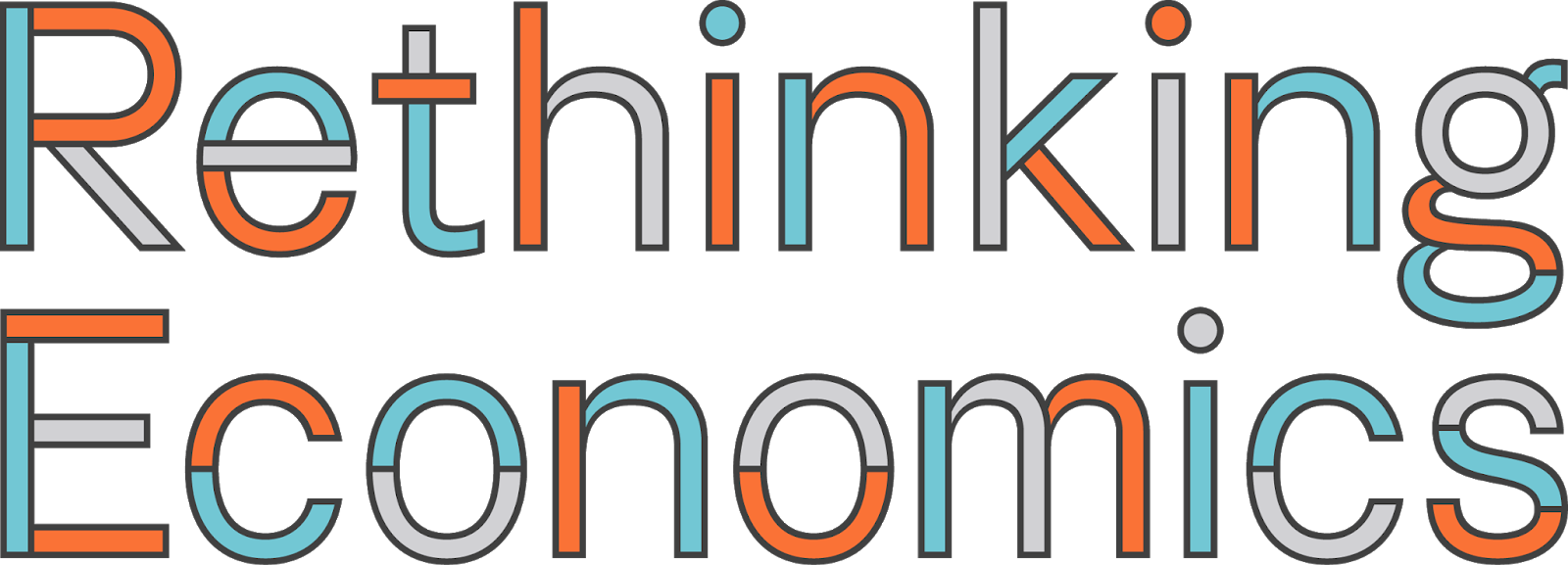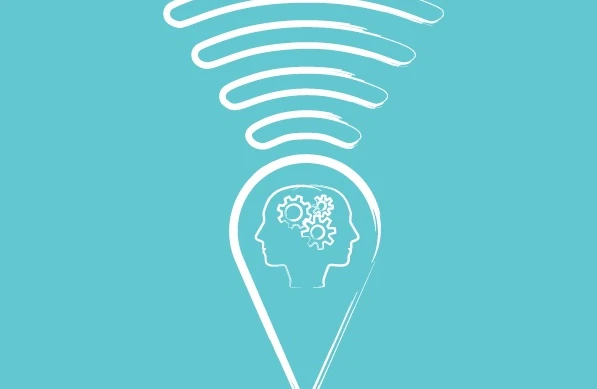Yes, Money is Endogenous. Who Cares?
Rethinking Economics, 2020
Pluralist Showcase
In the pluralist showcase series by Rethinking Economics, Cahal Moran explores non-mainstream ideas in economics and how they are useful for explaining, understanding and predicting things in economics.


Yes, Money is Endogenous. Who Cares?
By Cahal Moran
The prevailing view for a long time has been the ‘money multiplier’: the idea that the central bank first creates money, which is deposited in banks, who then lend out some (but not all) of it. This lent out money is again deposited in banks, who then lend out some of it, and so on. Eventually, the original injection of money from the central bank will have increased the overall amount of money in the economy by some number, a number known as the money multiplier. This view is expounded in a number of popular mainstream textbooks including Mishkin, Acemoglu, Szirmai, Blanchard et al, Varian, or Feenstra and Taylor.
The alternative view holds that banks do not need to receive money – either from the central bank or from depositors – in order to create loans. Instead they create money ‘out of nothing’ when they grant a loan by entering it into their ledger, which has sometimes been called keystroke money. The loan is both an asset the bank is owned by the customer and a liability - since the bank also owes the loan back to the customer should the customer choose to use it. This can sound strange, but it’s completely in line with the widely accepted practice of double-entry bookkeeping that governs the financial system. It has also been acknowledged by thinkers from Joseph Schumpeter to Frank Hahn to Nicholas Kaldor, as well as (arguably) John Maynard Keynes.
Institutional and Statistical Evidence
There are two main ways to show the endogenous money view is accurate: the institutional method and the statistical method. The institutional method is to investigate the operations of banks first hand, an approach which has been taken by many, though most systematically by Richard Werner. He monitored the balance sheets of a bank from which he took out a loan and confirmed that they create money as credit when they lend. In addition, he emailed the director of the bank to ask (in essence) whether they agreed with endogenous money theory, and the director replied that they did. Paul Sheard, chief economist at Standard and Poors has stated that endogenous money theory is correct. Frances Coppola, a former banker who is well known as a commentator on finance, has been promoting endogenous money for a long time. And in 2014, the Bank of England released a quarterly bulletin Money creation in the modern economy which acknowledged that banks create money. Anybody who has any first-hand familiarity with banking seems to disagree with the money multiplier view.
Zooming out a little from individual banks, another key distinction between the two theories is the order in which things happen. In the case of the money multiplier model, the initial ‘base money’ is injected by the central bank and this gradually filters through the banking system, expanding broader measures of the money supply such as M1, which includes bank deposits, for instance. If money is instead endogenous, the banks extend loans, first increasing broader measures of the money supply, and this is then accommodated by the central banks’ provision of base money, which expands later. One of the first indications that the latter is the case ironically came from a bulletin by Kydland and Prescott, arguably the most mainstream economists around. They looked at measures of the money supply and concluded, “there is no evidence that either the monetary base or M1 leads the cycle, although some economists still believe this monetary myth...if anything, the monetary base lags the cycle slightly.” Howells and Hussein followed up for the entire G7 in 2003, using statistical tests to show which direction causality ran in and concluding that it was bank lending which drove the money supply rather than the other way around.
Why Does It Matter?
This question comes up repeatedly in these debates, and personally I am baffled as to why anybody would argue against getting a basic feature of the world right instead of wrong. Those economists who respond to this debate often seem lost in abstraction: David Jinkins of Copenhagen responded to his student group’s letter by saying “let’s forget about money for a moment, and think about the real economy”. To me, this is akin to responding to a claim that cows have four legs rather than two legs by saying “let’s forget about cows for a moment”. When we are studying something, it seems a reasonable commitment to getting our understanding of that thing right before proceeding to higher levels of analysis. The implicit context of this whole debate – mainstream economists missing a huge crisis which revolved around banks – gives us another reason to be sceptical of this blasé approach to the banking system.
As we never tire of hearing, unrealistic assumptions make sense as a shortcut when they give us useful results, but in this case, it’s unclear which results the money multiplier model gives us that would qualify as useful. It’s also relatively costless to teach the right model instead of the wrong model, as a fair amount of time is already devoted to teaching the topic, which can be mathematically tricky. Teaching the right model instead would also give us an opportunity to give economics students some much-needed accounting knowledge, which even some economists tend to struggle with. To its credit, the modern textbook CORE includes such a section on endogenous money and accounting.
In my opinion, understanding the real nature of the banking system completely changes your view of the economy. It becomes clear that money cannot be neutral, as the privately-made decisions of banks can determine whether or not particular businesses succeed, fail, or even exist in the first place. As banks create money when making loans, this expands activity in whichever area of the economy the money goes to – whether manufacturing or housing – and as the money is then destroyed in the process of repayment, there is a continual process of change rather than any equilibrium. This also contrasts with the view put forward by Jinkins above, where ‘real’ fundamentals govern the economy over the long term and money just facilitates the working out of this process. In reality, monetary decisions determine the real economy, including the decisions of private banks.
Degrees of Endogenous
There are, however, valid points to be made about the similarities between the two views. Some of the distinctions are quite subtle – which is not the same as unimportant! - for example, even in the money multiplier model banks do ‘create money’, it’s just less direct than in the endogenous money model. And in most of modern economics, money is in some sense ‘endogenous’, since central banks control the interest rate and the money supply responds. However, this latter point is a choice in most mainstream models: the central bank could instead choose the money supply and the interest rate would respond. This is just the monetary version of the standard inverse relationship between price and quantity depicted by every demand curve in every introductory textbook. For endogenous money people, the point is more fundamental than this. As the Cowboy Economist (isn’t the internet beautiful?) put it, money is a bit more like haircuts than doughnuts: you can only ‘produce’ more if there’s demand for it. So the central bank could never hope to control the money supply, and it has failed every time it has tried.
As Carolin Sissoko has pointed out, there are debates within endogenous money about exactly how endogenous money is and what implications this has, so it seems unlikely there would be no distinctions between endogenous money and the money multiplier view. Thomas Palley has characterised the views as something of a spectrum, ranging from the idea that the central banks’ hands are completely tied by the activities of private banks to a pure monetarist view where the central bank can control the entire money supply. Both ends are surely not believed by anyone these days, but there is a lot of room for disagreement in the middle. One such disagreement highlighted by Palley is the role played by debt: if the debt is destroyed when repaid, this does not just represent redistribution from debtors to creditors. It represents a shrinking of the money supply, which can have macroeconomic effects. Unlike in many macroeconomic models, this implies that a generalised fall in prices – deflation - will always be contractionary because it will increase the burden of debts relative to incomes.
A particular debate worth revisiting is the one between David Andolfatto and Diarmid Weir last year. Andolfatto constructed a model where banks create money to explore the differences between the two views and came to the conclusion that it doesn’t matter, at least macroeconomically. I am not a monetary economist but as I understand it, the basic intuition is that although banks can create money, they still compete with non-bank sources of funding (such as bond markets). All that really matters is the competition between these two sectors, which includes how trusted banks are to make good on their promises – after all, trust underpins the process by which banks create money. Banks are not that special since almost any entity – financial or otherwise – can issue a promise which creates ‘credit’ - this even applies to lend your friends money!
Weir points out that Andolfatto’s model lacks a central role for bank money and so basically assumes the problem away. Since bank money is backed by the government whereas other money is not, the former holds special status as synonymous with cash, the most liquid (easiest to trade with) financial asset. We’ve known since Keynes that people have a ‘liquidity preference’ in that they will always desire the most liquid assets as a buffer against uncertainty, and this gives cash back its special status. Because the money banks create adds to demand, and because it is always required by the population, if it is misallocated and/or leads to defaults this has consequences beyond just the parties involved. As Palley anticipated this contrasts with Andolfatto’s model, where deflation can be good for the economy. Weir notes that “major macroeconomic effects could be avoided by appropriately ring-fencing bank balance sheets” to stop the consequences of this money creation spilling over into the rest of the economy, a regulatory intervention which has actually been pursued by many countries since the financial crisis.
This result is, in a small way, a win for economic modelling. Although Andolfatto’s model is unrealistic, and its key assumptions likely false, the debate did help to clarify some of the details – for me, anyway, and I would guess that’s true for Weir too. Money occupies a special role as the most liquid asset and only banks can facilitate this role. As a result money plays a central role in driving the business cycle and because banks can create money, they do too. Far from some abstract moneyless ‘real economy’ driving the creation and use of money, money drives the real economy, including growth and economic cycles. Missing this was surely a part of the reason mainstream economists missed the financial crisis and could lead to ongoing misconceived policy recommendations.
There is still so much to discover!
In the Discover section we have collected hundreds of videos, texts and podcasts on economic topics. You can also suggest material yourself!

